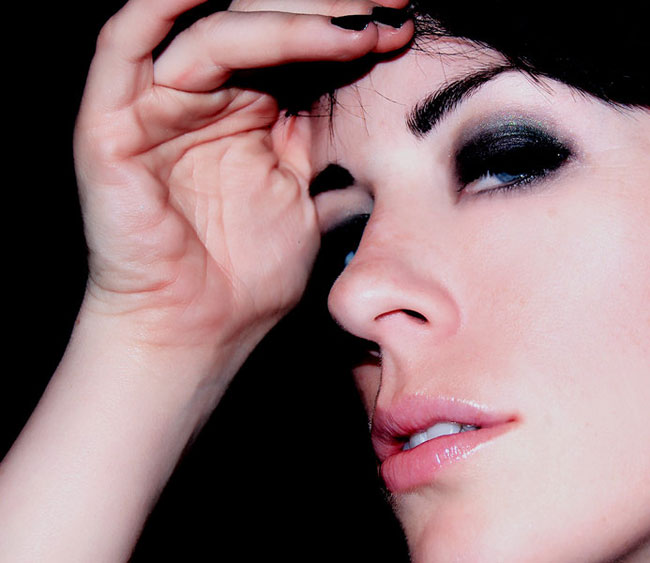What’s Menopause and When Does It Begin?

This Week’s Question: When does menopause really begin? A woman reaches menopause when a year has passed since her last period. Menopause, like many of the changes in a woman’s body through her lifetime, is caused by changes in hormone levels. Menopausal transition, called “perimenopause,” is the time when a woman’s body is close to menopause. Periods may become irregular. A woman may start to feel hot flashes and night sweats. Perimenopause usually begins about 2 to 4 years before the last menstrual period. It ends when menopause begins. Postmenopause follows menopause and lasts the remainder of a woman’s life. Pregnancy is no longer possible. There may be symptoms such as vaginal dryness long after menopause. The process of “reproductive aging” begins around age 40. Declining levels of the hormones estrogen and progesterone change a woman’s periods. These hormones maintain the health of the vagina and uterus, and regulate the menstrual cycles The most common symptoms of menopause are: Period changes. Many women become irregular. Flow levels get heavier or lighter. There may be spotting between periods. Hot flashes. These are sudden rushes of heat that can last seconds or minutes. Perspiring and shivering can follow. Flashes can be trivial or strong enough to wake a woman with “night sweats.” Vaginal and bladder problems. The genital area can get drier and thinner. Infections can become more common. Other problems can make it hard to hold urine. Difficulties with sex. Vaginal dryness can make intercourse painful. Sleep problems. Some women find they may not fall asleep easily or may wake too early. They’re sleep is disturbed by trips to the bathroom. Hot flashes awaken them. Body changes. Loss of bone tissue can weaken your bones and cause osteoporosis, a disease in which the bones become extremely porous and more fragile. With age, waists thicken, muscle mass is lost, fat tissue may increase, skin may get thinner. Heart disease is a major threat for older women. In fact, heart disease is the major cause of death in women, killing more women than lung or breast cancer. In menopause, a doctor might suggest taking estrogen and progesterone, known as “hormone replacement therapy” or “HRT.” HRT involves taking estrogen plus progestin. HRT may relieve hot flashes, and reduce loss of bone. However, HRT increases the risk for heart disease, stroke and breast cancer. But it appears to decrease the risk of colon cancer. Phytoestrogens are estrogen-like substances found in soy, wild yams, and herbs such as black cohosh and dong quai; they may relieve some symptoms of menopause. The government does not regulate phytoestrogens. Scientists are studying some of these plant estrogens to find out if they work and are safe. Be sure to tell your doctor if you decide to eat more foods with phytoestrogens. Any food or over-the-counter product that you use for its drug-like effects could interact with other prescribed drugs or cause an overdose.
- 5 Myths About Women's Bodies
- The History and Future of Birth Control
- 10 Things You Didn't Know About You
The Healthy Geezer column publishes each Wednesday on LiveScience. If you would like to ask a question, please write fred@healthygeezer.com. © 2009 by Fred Cicetti.
Get the world’s most fascinating discoveries delivered straight to your inbox.
